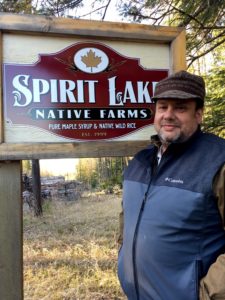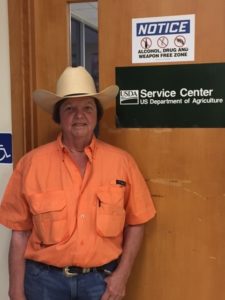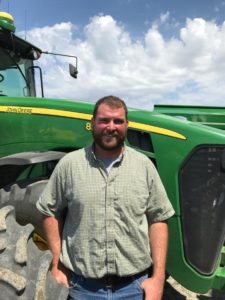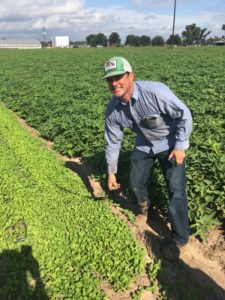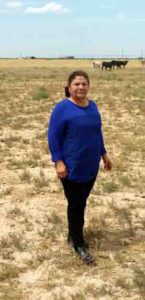
Lujan and her husband, Manuel, grow wheat and grain sorghum, and are working on expanding their livestock herd.
Lorena Lujan has served on the Reeves/Loving/Ward/Winkler County Farm Service Agency (FSA) Committee since 2013. Prior to becoming an elected member, she served as the advisor from 2008 through 2012.
Lujan decided to serve on the FSA county committee to help other producers. When the Lujans bought their first plot of land to farm, an FSA county committee member at the time directed them to their local FSA office to enroll in farm programs by setting up a farm number and reporting their acres.
Lujan is returning that favor now by helping the farmers and ranchers in her county get the assistance and information they need. Continue reading




